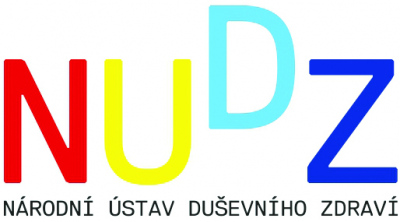Pupillary Dynamics as a Biomarker Of Clinical State In Schizophrenia
Technology description
| The name of the technology: | Pupillary Dynamics as a Biomarker Of Clinical State In Schizophrenia |
|---|---|
| Challenge: | The challenge is to develop a pupillometry-based telemedicine system to monitor clinical state in schizophrenia and possibly also other psychiatric or neurological disorders. This consists of i) completing a device for remote pupillary measurements (Portable Eye-Brain Pupillometric Diagnostic Device (PEBDI) – another brainTech project) and ii) documenting changes in pupillary activation in psychiatric patients, related to changes in clinical state of psychiatric patients. To identify suitable biomarkers for clinical worsening or improvement, we will conduct a study with at least 30 schizophrenia inpatients, recovering from a clinical episode, using a commercial eye-tracker device at National Institute of Mental Health (NIMH). |
| Description: |
The dynamic aspects of pupils have been used as a marker of brain activity for decades: In neurology/intensive care to detect severe brain damage or as a marker of cognitive load in psychology. More recently, the pupillary dynamics has been shown to be connected to the function of the parasympathetic system (Turnbull, 2017) and the circadian regulation or resting-state brain activity (Yellin, 2015; Schneider, 2016; Larsen, 2018). Additional recently published evidence, as well as results from several studies at the NIMH, suggests disruption in related brain activity patterns in schizophrenia. In 2019, our research group has developed a prototype series of a portable device for self-administered dynamic pupillometry (PEBDI), which can be used to remotely analyze dynamic properties of the pupillary activity, including dynamics of the post-illumination light reflex, spontaneous oscillations of pupil diameter and of pupil location, as well as timing and occurrence of spontaneous eye blinks. In the presented project, we complement the development of the device by evidence of clinical utility of pupillary measurements in schizophrenia – a proof of concept of the whole system. The project aims at creating a telemedicine system for continuous long-term monitoring of schizophrenia patients using the PEBDI device. However, as the device currently lacks necessary certification and finalization to be used in a study with schizophrenia patients, the presented project will use state-of-the-art commercial eye-tracker, available at the NIMH. According to our past experiments, we believe that the accuracy of our own device in terms of measurement of pupillary dynamics, is comparable to the experimental setup suggested. |
| Commercial opportunity: | The current worldwide trend in psychiatry towards deinstitutionalization, i.e. moving patients from psychiatric hospitals to their home environment, provides an unprecedented opportunity for telemedicine solutions. Schizophrenia is a chronic disease, affecting around 1% of adult population, which provides a sufficient patient pool, with potential applications worldwide for use of such tools in long-term disease monitoring and relapse prevention. |
| IP protection status: | No patent or other IPR protection has been filed to date. The details of the project including the core idea have not yet been published or publicly disclosed. |
| Development status: |
Clinical trials |
| Partnering strategy: | Collaboration investment licensing |
| More information: |
Yellin et al. (2015). Coupling between pupil fluctuations and resting-state fMRI uncovers a slow build-up of antagonistic responses in the human cortex. Schneider et al. (2016). Spontaneous pupil dilations during the resting state are associated with activation of the salience network. Turnbull et al. (2017). Origins of pupillary hippus in the autonomic nervous system. Larsen, R. S., & Waters, J. (2018). Neuromodulatory correlates of pupil dilation. |
| Images: | No picture inserted |
| Categories: | Research Tools Diagnostics Life Science and Health |
| Owner of a technology: | National Institute of Mental Health |
